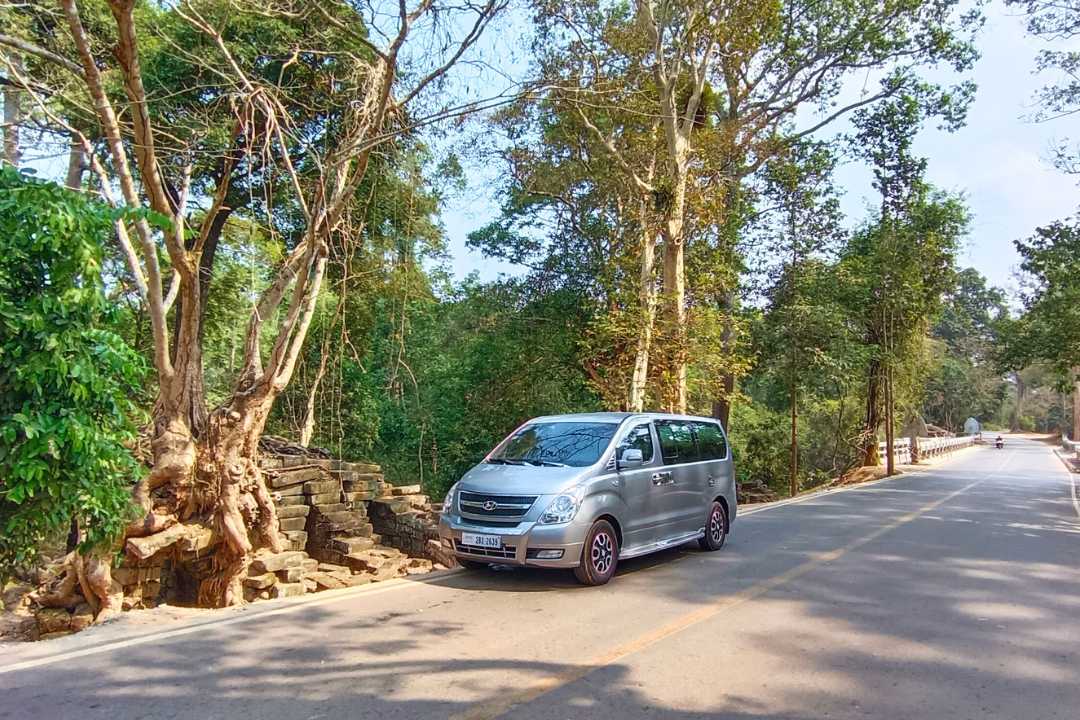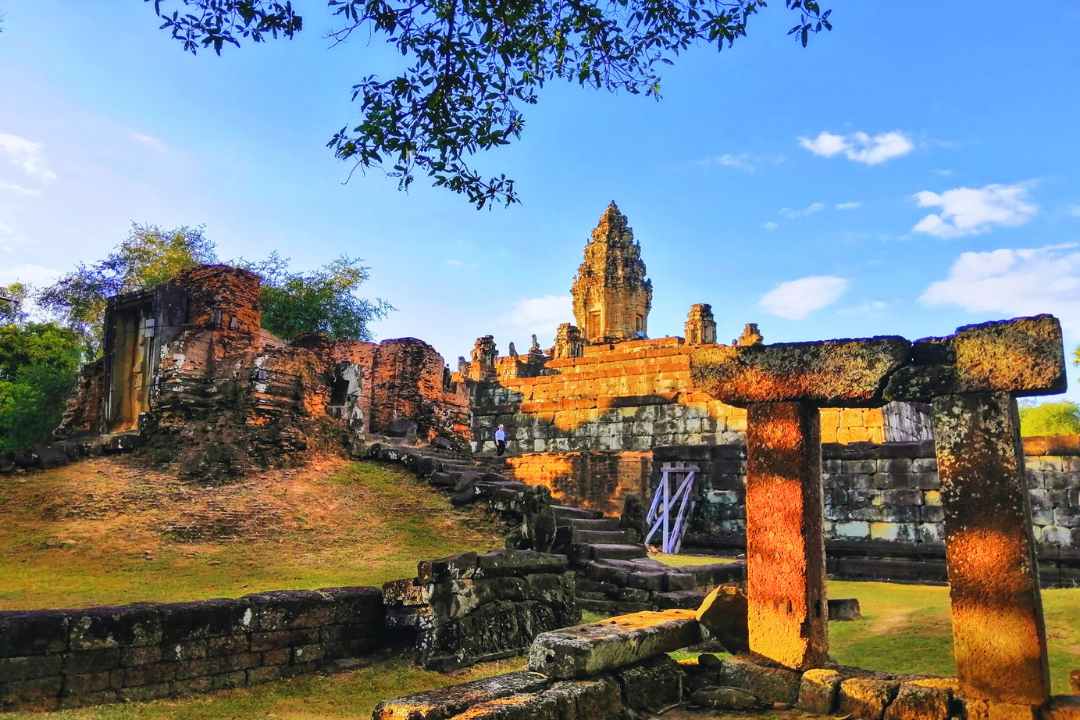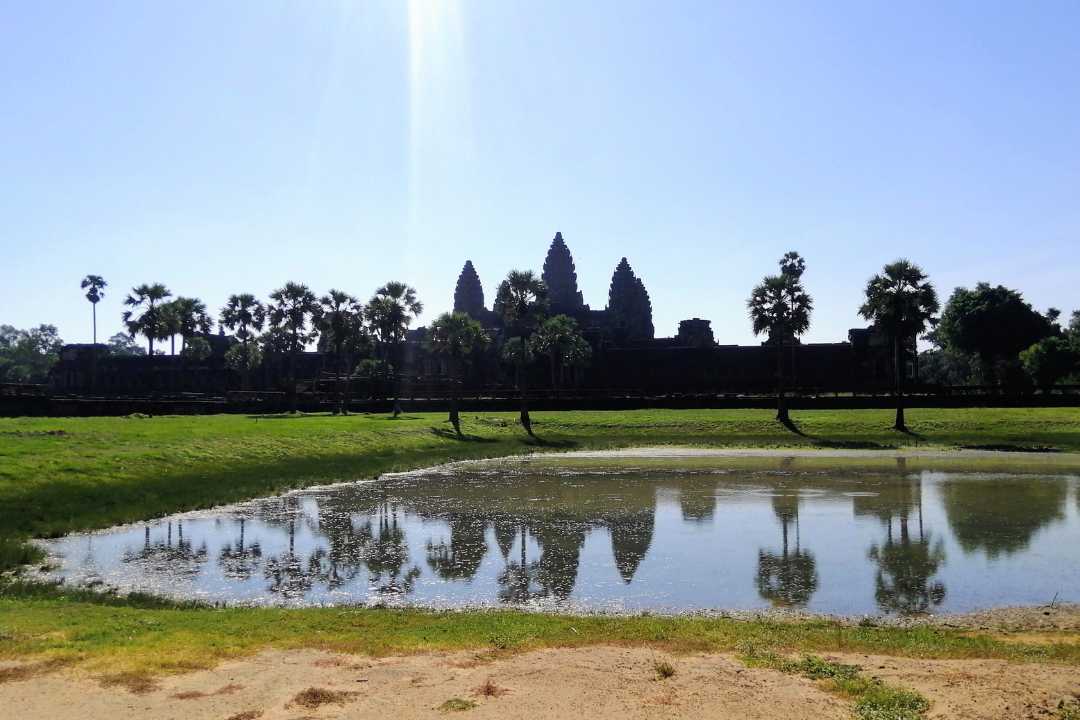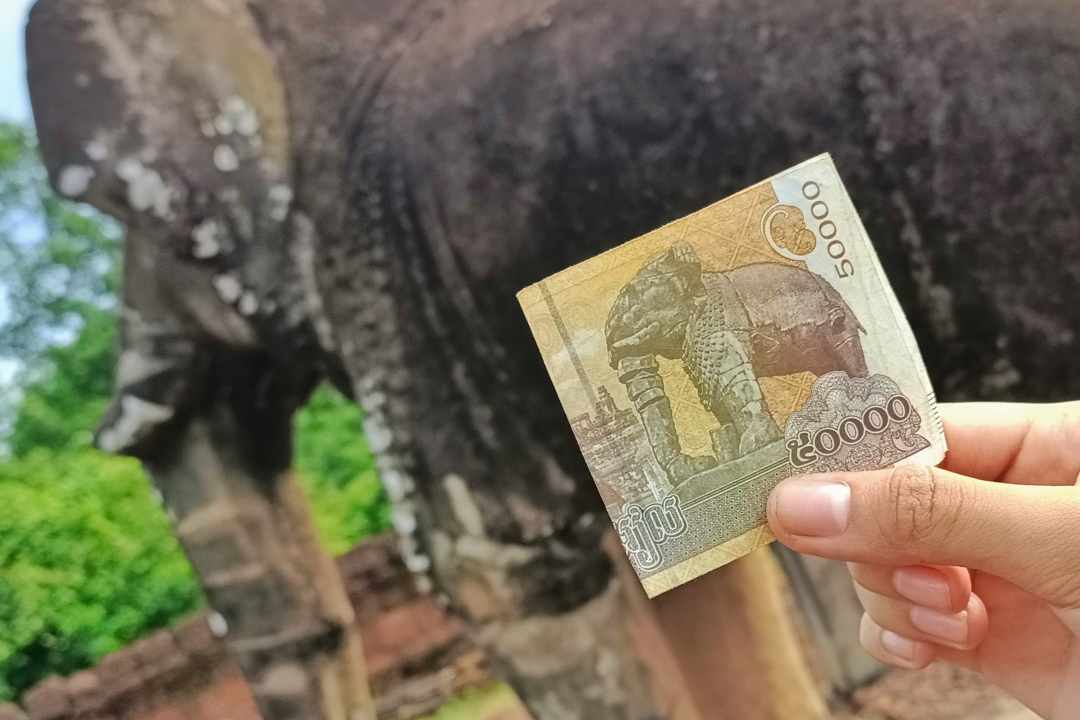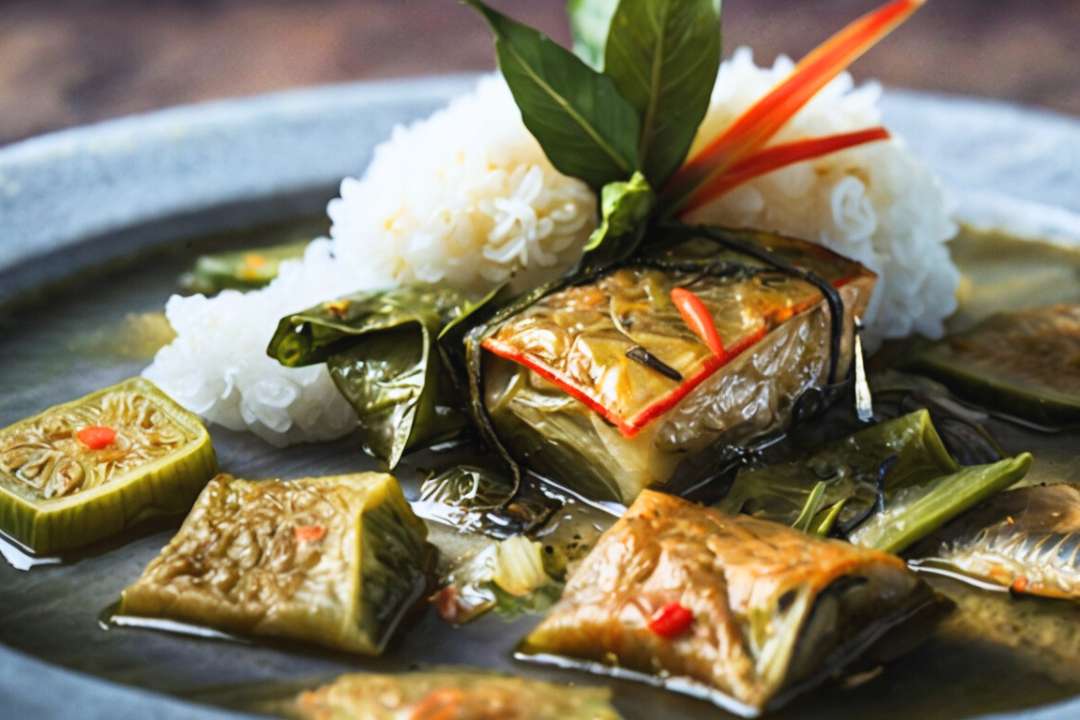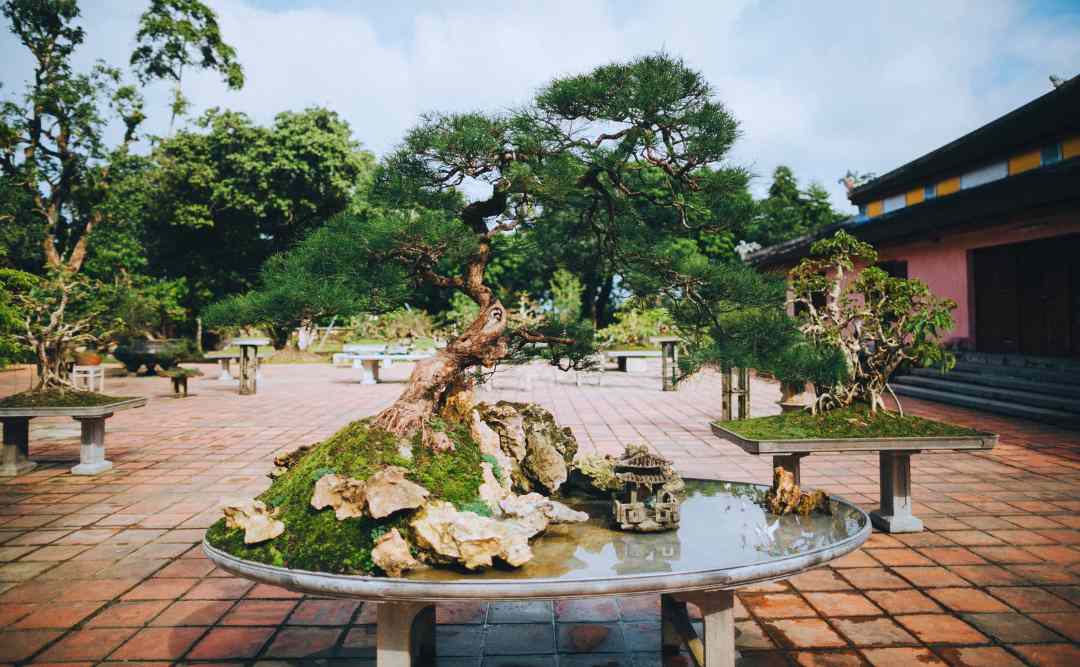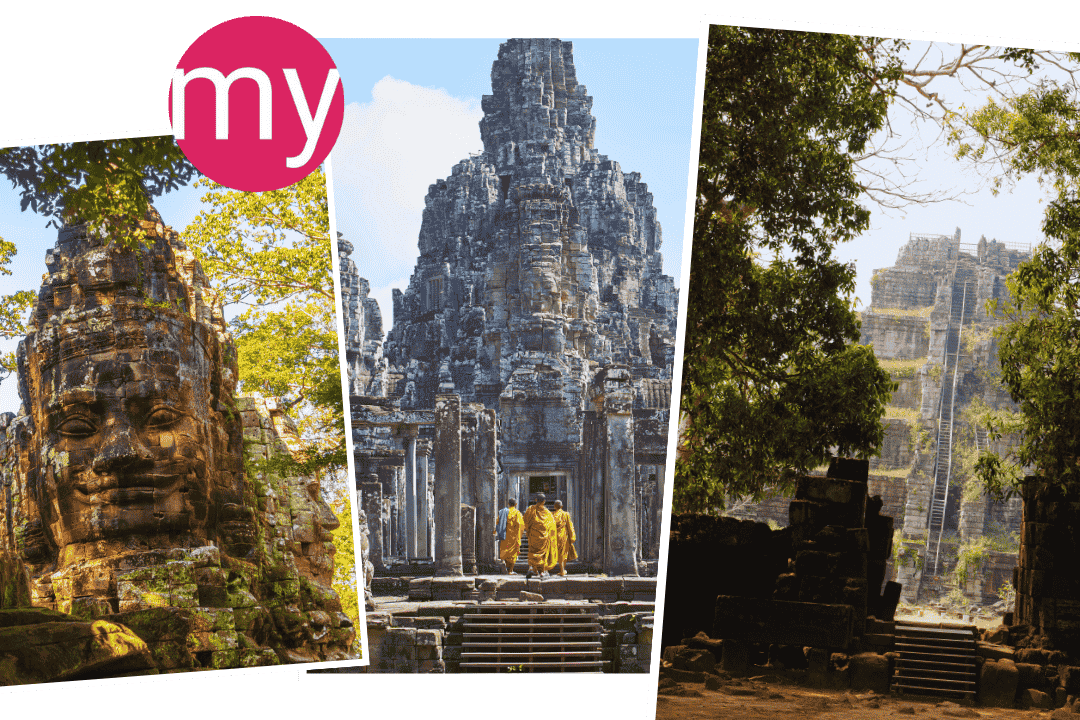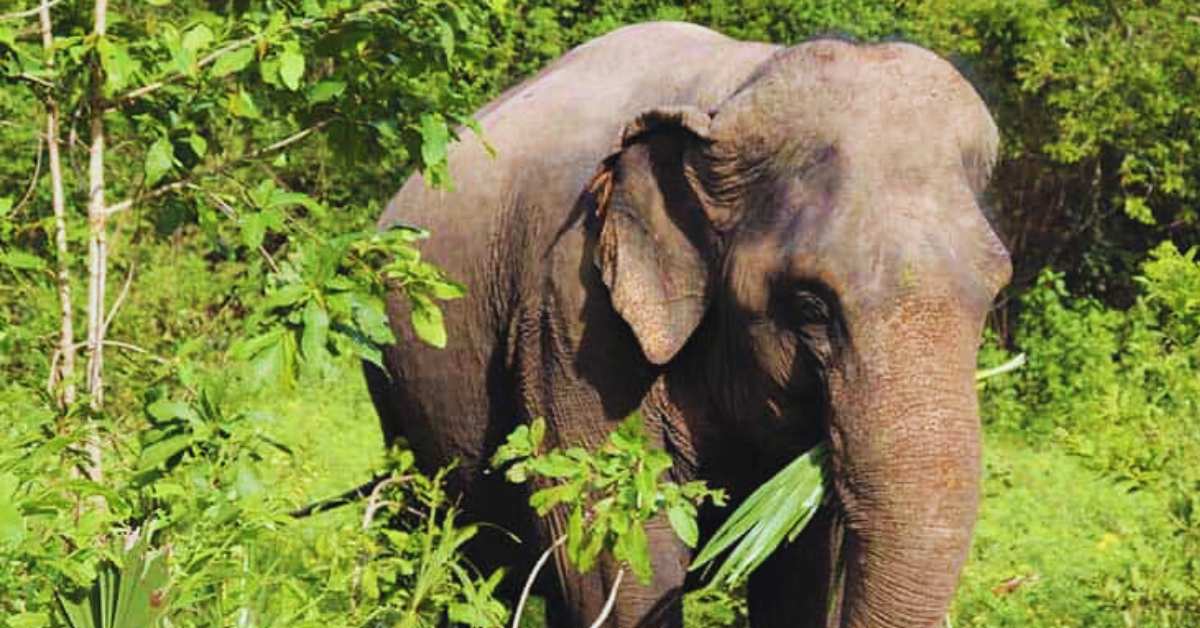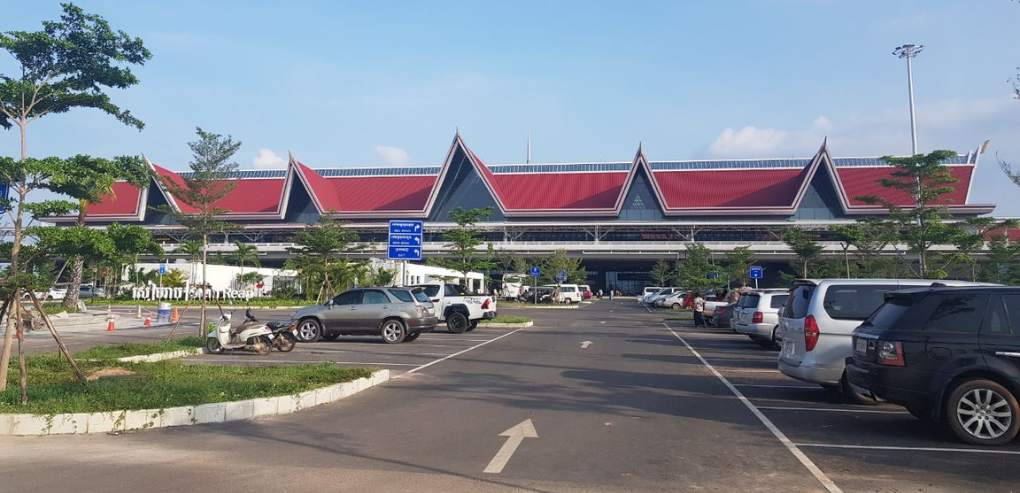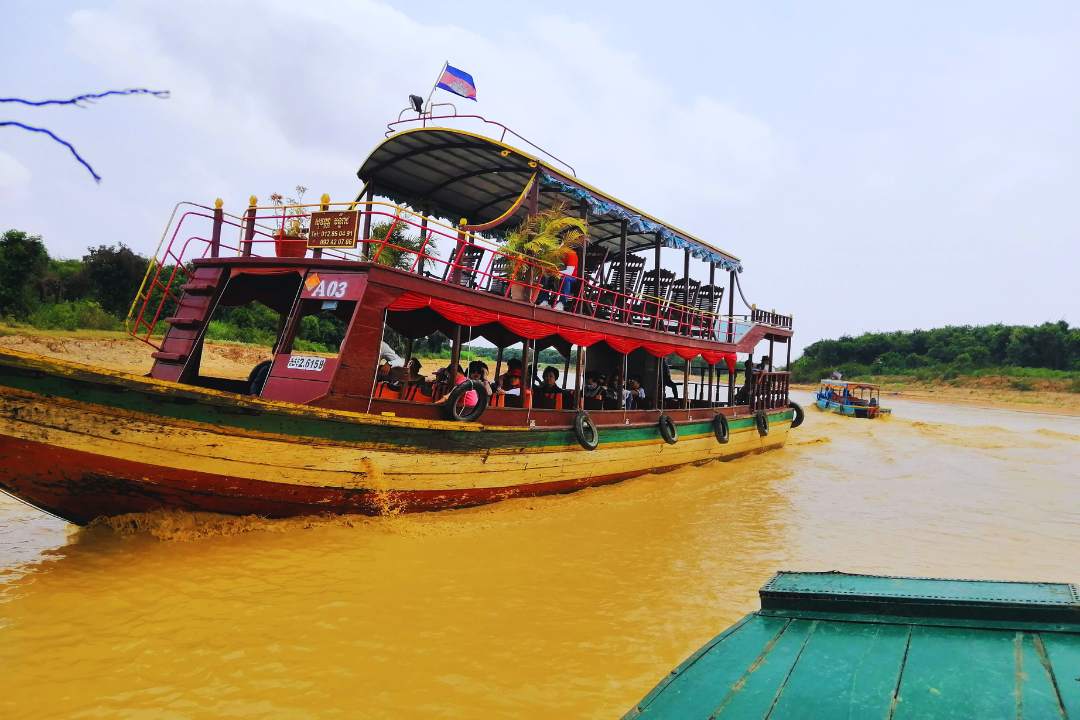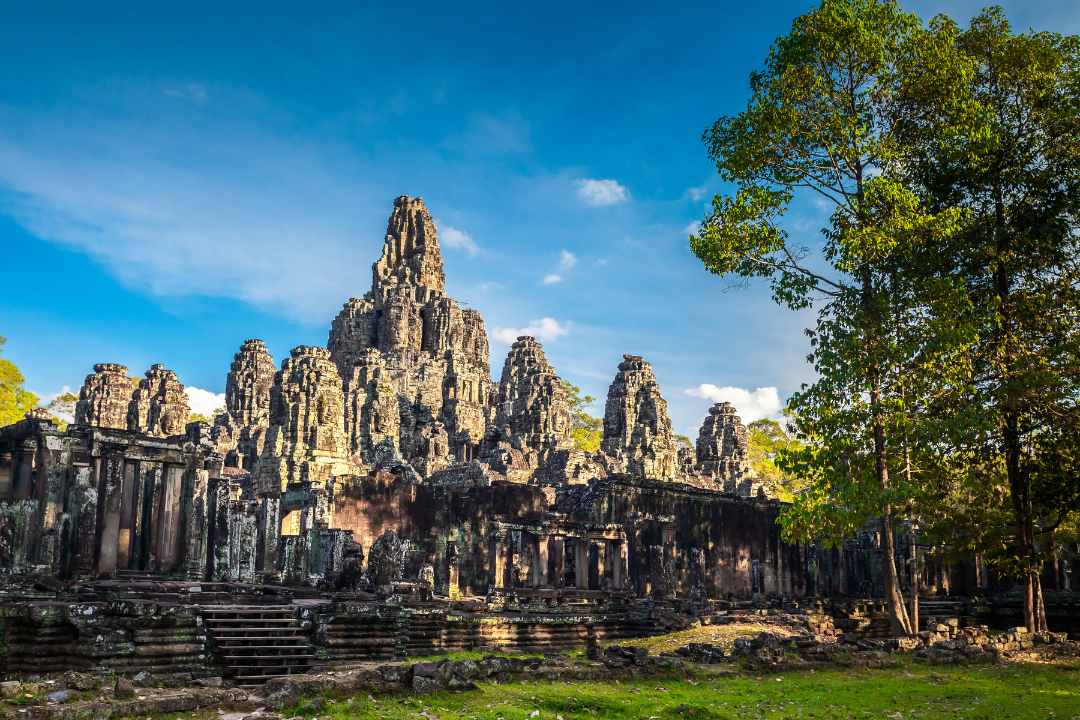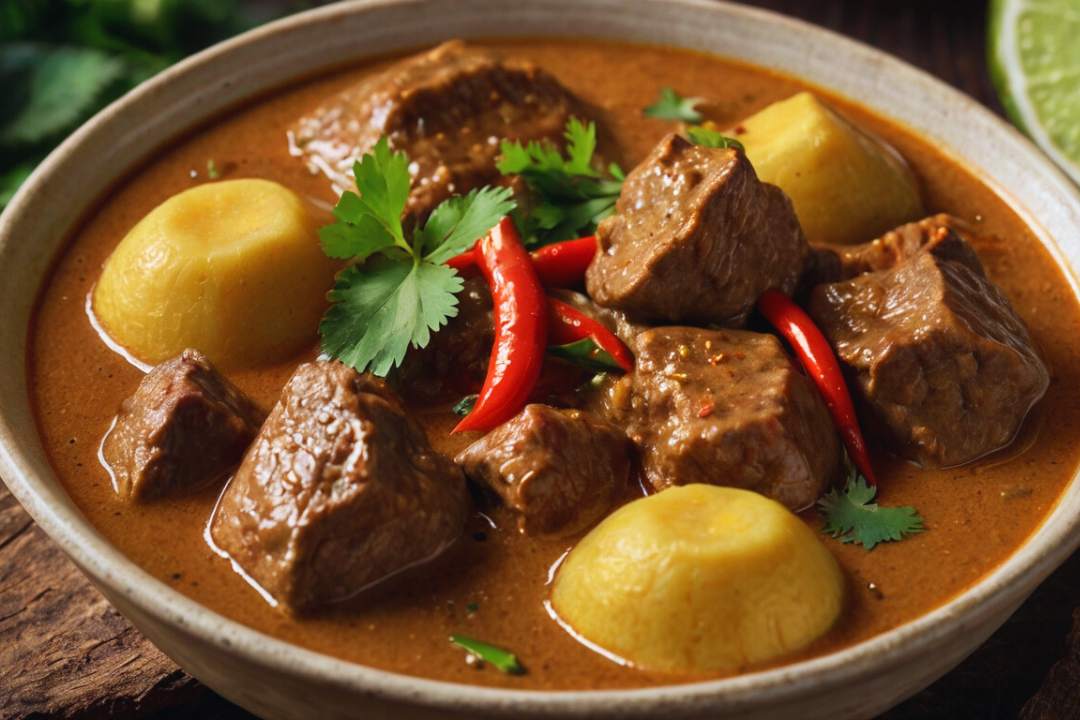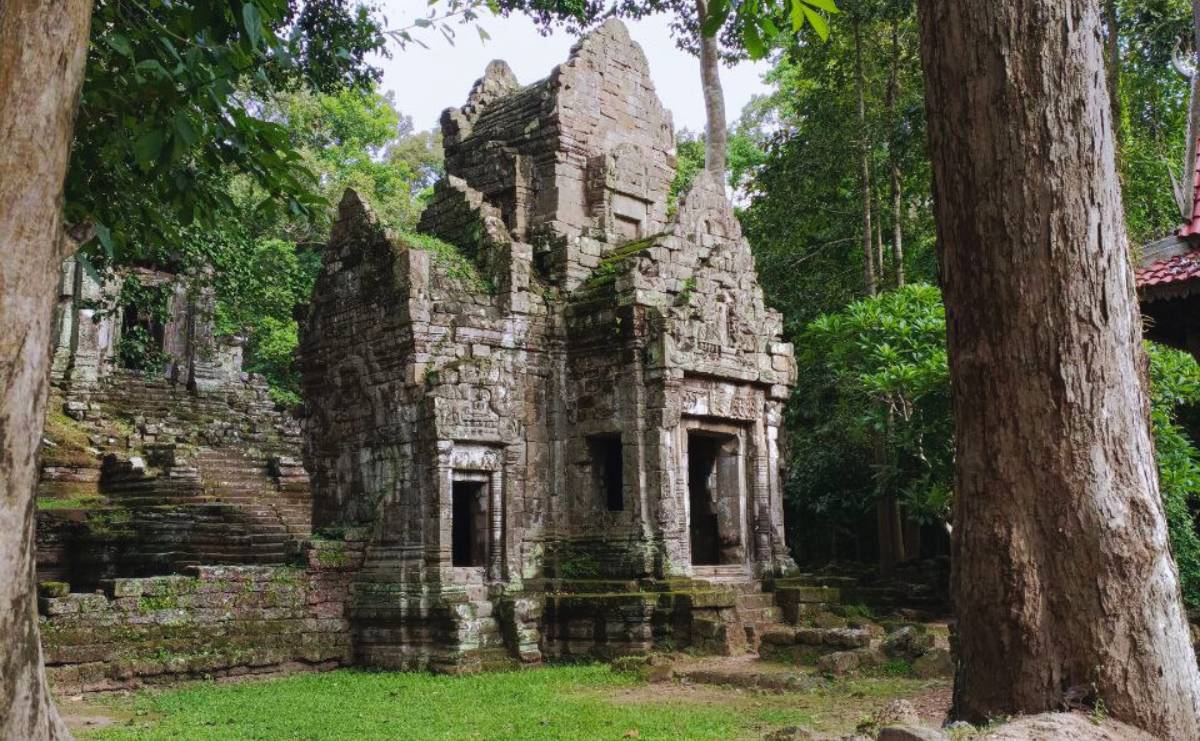Bakong Temple Cambodia - The Ancient Wonder Most Tourists Miss (But Shouldn't)
Skip the Crowds and Step Back 1,100 Years at Cambodia's First Temple Mountain
You’ve seen the stunning photos of Angkor Wat. Maybe you’ve already planned your trip to this world-famous site. But there’s another temple near Siem Reap that many visitors skip – and they’re making a big mistake. Bakong temple Cambodia offers a rare chance to step back in time without the crowds.
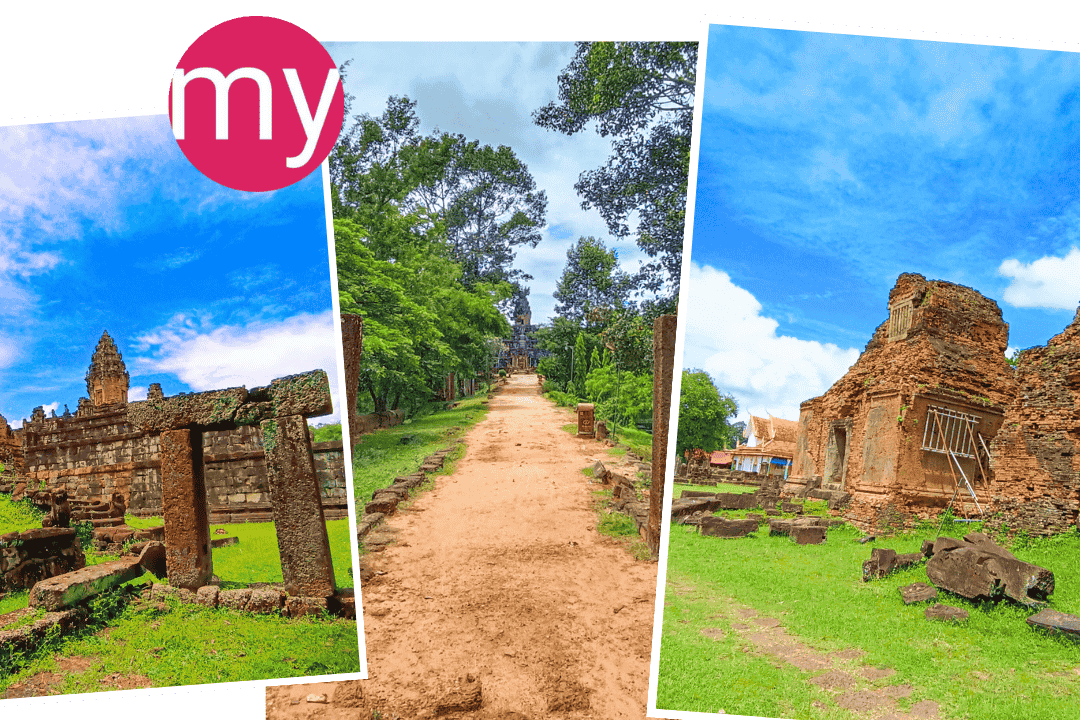
Why Bakong Temple Cambodia Beats Angkor Wat
Want to see amazing ancient temples without fighting crowds? Bakong temple Cambodia gives you what Angkor Wat can’t – peace, quiet, and a true step back in time. Built in 881 CE, it was the first temple mountain that started it all.
Key Takeaways About Bakong Temple Cambodia
- Built in 881 CE, Bakong was the first major sandstone temple mountain of the Khmer Empire, setting the pattern for later temples including Angkor Wat
- Located just 13 km from Siem Reap, making it an easy half-day trip
- Offers a peaceful experience with few crowds compared to the busy atmosphere at Angkor Wat
- Features a stunning five-tier pyramid design with impressive carvings and statues
- Requires an Angkor Pass for entry (the same pass used for Angkor Wat)
- Best visited in early morning or late afternoon for ideal lighting and cooler temperatures
- Often combined with visits to nearby Preah Ko and Lolei temples in the Roluos Group
What Makes Bakong Temple Cambodia So Special?
Most tourists rush to Angkor Wat and miss the chance to see where Khmer architecture began. Bakong temple Cambodia stands as the prototype that influenced all later Khmer temples. Built in 881 CE under King Indravarman I, it was the state temple of Hariharalaya, the first capital of the Angkor-era Khmer Empire.
When you climb Bakong’s steps, you’re walking the same path as the very first temple mountain builders. The five-tiered pyramid design was revolutionary when built. This wasn’t just any temple – it was the first to use sandstone on a large scale, marking a key moment in Khmer building techniques.
What truly sets Bakong apart is the chance to see these ancient stones without fighting through crowds. While hundreds of tourists jostle for photos at Angkor Wat, you might find yourself alone at Bakong, free to take in its beauty at your own pace.
The History Behind Bakong Temple Cambodia
The story of Bakong temple Cambodia begins with King Indravarman I, who ordered its construction in 881 CE. This wasn’t just a place of worship – it was a bold statement of power and a way to link the king’s authority to divine approval.
Bakong served as both a state shrine and a royal tomb, setting a pattern for later Angkorian temples. The central tower once housed a massive stone lingam named Sri Indresvara (combining the king’s name with Shiva’s title), showing how religion and politics were deeply connected.
What’s fascinating is how Bakong shows clear influence from Javanese design, especially from Borobudur. This proves that even in the 9th century, Southeast Asian cultures were exchanging ideas across vast distances.
The temple’s name “Bakong” has stuck through the centuries, though we don’t know for sure what the Khmers originally called it. What we do know is that it marked the start of something big – the Angkorian era that would produce wonders like Angkor Wat three centuries later.
The Architecture of Bakong Temple Cambodia
When you visit Bakong temple Cambodia, you’ll see firsthand why it’s called a temple mountain. The main structure is a five-level pyramid rising about 15 meters high. Each level of this sacred mountain is meant to represent a different plane in Hindu-Buddhist cosmology.
The layout follows strict geometric rules, with the pyramid measuring roughly 65m × 67m at its base. Eight brick towers once surrounded the central sandstone pyramid, with five still standing today. These likely honored royal ancestors.
Look for these special architectural features:
- Corbelled arches: An early structural innovation allowing arched gateways without keystone technology
- Nāga balustrades: Serpent railings marking the threshold between mortal and divine realms, first used at Bakong
- Stone elephants: Guarding the corners of the pyramid, symbolizing strength and royal power
- Sandstone carvings: Depicting scenes from Hindu mythology and royal life
The entire complex sits within a large moat system measuring about 700m × 900m, one of the first examples of the extensive water management that would become a hallmark of Khmer cities.
What makes Bakong temple Cambodia truly special architecturally is how it established the template that Angkor Wat would follow centuries later. When you visit both sites, you’ll see the same basic idea – a pyramid temple representing Mount Meru surrounded by concentric enclosures – just executed on different scales.
Editor’s Note: We at My Siem Reap Tours love taking guests to Bakong temple. Most people don’t know about this amazing place. It’s older than Angkor Wat by about 300 years! Our guides often say this is where Khmer temple building began. You’ll find peace here that’s hard to get at the busy main temples. We took the photos in this article during our morning tours, when the light was at its best. It’s just a short drive from town but feels like you’ve stepped into a whole different world. Let us know what you think after your visit!
Crowd-Free Experience at Bakong Temple Cambodia
One of the biggest perks of visiting Bakong temple Cambodia is the lack of crowds. While Angkor Wat can see thousands of visitors daily, Bakong might welcome just a few dozen, spread throughout its spacious grounds.
This quiet atmosphere allows for:
- Unobstructed photos without waiting for crowds to clear
- Peaceful contemplation of the temple’s beauty and history
- Freedom to explore at your own pace without feeling rushed
- Better appreciation of details and carvings without distractions
Many travelers report that their time at Bakong felt more authentic and meaningful than their visit to the more famous sites. There’s something special about climbing ancient steps with only the sounds of nature around you – it creates a connection to the past that’s harder to feel when surrounded by tour groups.
The peaceful setting also makes Bakong perfect for photography. The morning light hitting the sandstone creates a warm glow, and without crowds, you can take your time finding the perfect angle.
How Bakong Compares to Angkor Wat
While both Bakong temple Cambodia and Angkor Wat share design principles, visiting them offers very different experiences:
| Feature | Bakong | Angkor Wat |
|---|---|---|
| Age | Built 881 CE | Built 12th century (300+ years later) |
| Size | 65m×67m base, 15m height | 1.5km×1.3km, much larger scale |
| Crowds | Few visitors, quiet atmosphere | Thousands daily, especially at sunrise |
| Time needed | 1-2 hours to explore fully | 3+ hours minimum |
| Photo opportunities | Unobstructed views, few people | Often crowded, harder to get clear shots |
| Historical significance | First temple mountain, prototype | Largest religious monument in world |
| Restoration | Partially restored, more ruined feel | Extensively restored |
| Surrounding area | Rural, rice fields visible | Part of larger Angkor complex |
While Angkor Wat is undoubtedly impressive in scale and grandeur, Bakong temple Cambodia offers something increasingly rare: a chance to experience an ancient monument in relative solitude. Both are worth visiting, but for different reasons.
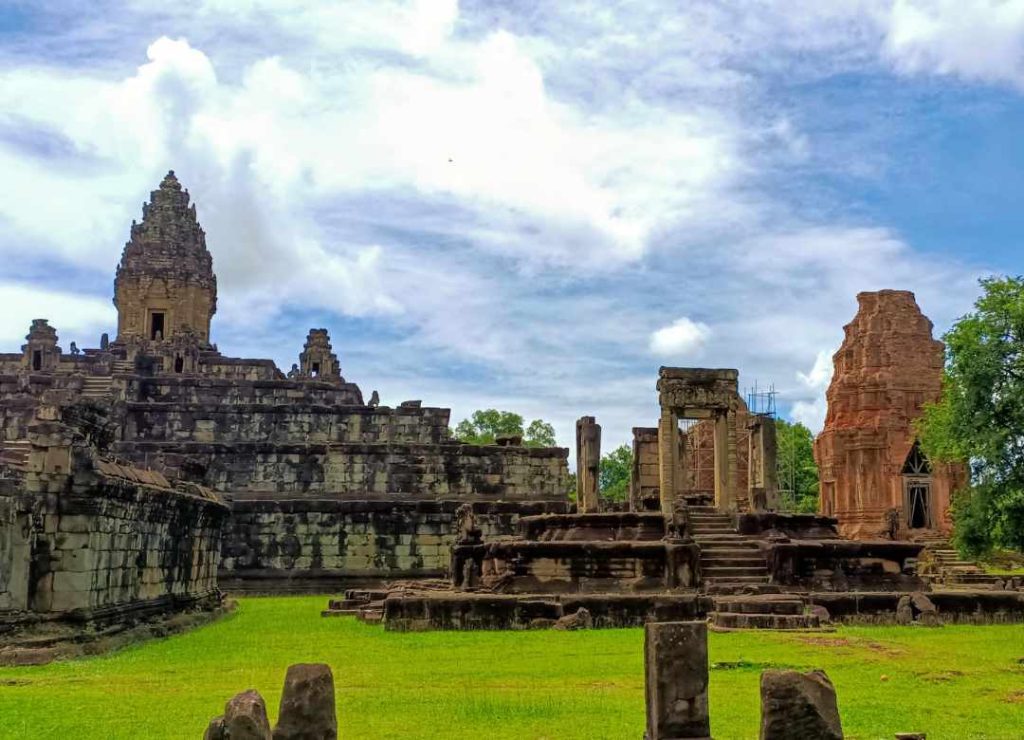
Best Tours Including Bakong Temple Cambodia
Several tour options make it easy to include Bakong temple Cambodia in your Siem Reap itinerary:
- Roluos Temple Tour: This focused half-day tour covers Bakong along with the other Roluos Group temples (Preah Ko and Lolei) plus a stop at a local market. It’s perfect for those wanting to escape crowds and see the beginnings of Khmer architecture. The tour typically runs in the morning, allowing you to avoid the mid-day heat while exploring these historical sites.
- The Ultimate Siem Reap Adventure Tour: This comprehensive full-day experience combines major Angkor temples with Bakong and a floating village visit. It’s ideal for travelers with limited time who want to see both famous sites and off-the-beaten-path gems. The tour strategically schedules Bakong during mid-day when Angkor Wat is most crowded, giving you a peaceful break between busier sites.
- Angkor Wat to Siem Reap Floating Village Tour: This well-balanced day tour pairs Angkor Wat with Bakong and a floating village experience on Tonlé Sap Lake. It offers a perfect mix of ancient history and contemporary Cambodian life. The combination creates a rich cultural experience that goes beyond just temple-hopping.
These tours all include knowledgeable guides who can explain Bakong’s historical significance and architectural innovations, transportation, and refreshments. Most importantly, they’re designed to give you breathing room away from the tourist masses.
Practical Tips for Visiting Bakong Temple Cambodia
To make the most of your visit to Bakong temple Cambodia, keep these tips in mind:
- Wear proper attire: Cover shoulders and knees out of respect, especially since there’s an active Buddhist monastery on site.
- Bring sun protection: A hat, sunscreen, and sunglasses are essential as much of the site is exposed.
- Wear sturdy shoes: The pyramid’s steps are steep and worn in places.
- Carry water: Stay hydrated, especially if visiting during mid-day.
- Allow 1-2 hours: This gives you enough time to explore the main pyramid, surrounding towers, and modern pagoda.
- Combine with other Roluos temples: Preah Ko and Lolei are nearby and worth visiting.
- Visit early or late: For the best lighting and coolest temperatures.
- Respect the site: As both a historical monument and active religious place.
Remember that your Angkor Pass is required for entry, but there’s no separate ticket booth at Bakong – you must purchase it in advance at the main Angkor ticket office.
The Spiritual Significance of Bakong Temple Cambodia
Bakong temple Cambodia wasn’t just an architectural achievement – it was a deeply spiritual place. Originally dedicated to Shiva, it housed a massive stone lingam (phallic symbol) that represented both the god and the divine nature of the king.
The five levels of the pyramid correspond to different spiritual realms in Hindu-Buddhist cosmology, with each level representing a stage in the journey toward enlightenment. As worshippers climbed the steps, they symbolically moved closer to the divine.
What makes Bakong unique is its spiritual continuity. While it began as a Hindu temple, today a modern Buddhist monastery stands just outside the east gate. Monks still live and worship here, making Bakong not just a relic but a living spiritual site spanning over 1,100 years of religious practice.
During certain Buddhist holidays, you might see ceremonies taking place. If you encounter monks or local worshippers, observe respectfully and ask permission before taking photos.
Cambodia’s Cultural Heritage Beyond Angkor Wat
Bakong temple Cambodia is part of Cambodia’s rich cultural tapestry that extends far beyond just Angkor Wat. The country’s history stretches back millennia, with influences from Indian, Chinese, and indigenous cultures creating something uniquely Khmer.
Cambodia’s heritage includes:
- Ancient temples from various eras
- Traditional dance forms like the Apsara
- Rich culinary traditions
- Skilled craftsmanship in textiles and carvings
- Living Buddhist traditions
When you visit places like Bakong, you’re seeing the roots of Cambodian culture. These early temples show how the Khmer Empire began developing its unique identity, blending imported Hindu-Buddhist concepts with local traditions.
Today, Cambodia is working to preserve and promote its heritage while dealing with the challenges of modern tourism. Sites like Bakong benefit from being part of the UNESCO World Heritage Site of Angkor, ensuring their protection for future generations.
Why You Should Visit Bakong Temple Cambodia Now
There’s never been a better time to add Bakong temple Cambodia to your travel plans. As tourism in Cambodia continues to recover and grow, the quieter sites won’t stay quiet forever. Right now, you can still have an authentic experience away from crowds.
The temple itself is in good condition thanks to ongoing conservation efforts. Recent restoration work has focused on stabilizing structures while maintaining their authentic appearance. This means you can safely explore while still experiencing the temple’s ancient atmosphere.
With improved access via the new Siem Reap-Angkor International Airport and excellent road connections, getting to Bakong is easier than ever. Yet most tourists still focus only on the main Angkor sites, leaving Bakong peacefully uncrowded.
By visiting now, you’ll:
- Beat the inevitable increase in visitor numbers
- Support conservation through your Angkor Pass purchase
- Gain a deeper understanding of Khmer architectural history
- Experience a more authentic connection to Cambodia’s past
- Have stories and photos from a place many travelers miss
Don’t make the mistake of skipping Bakong temple Cambodia – it might just become the highlight of your Cambodian adventure.
Final Thoughts on Bakong Temple Cambodia
Many travelers come to Cambodia focused only on seeing Angkor Wat. They leave without knowing they missed something special at Bakong temple Cambodia – the chance to experience the beginning of the architectural tradition that would lead to Angkor’s wonders.
Bakong temple Cambodia offers something increasingly rare in popular tourist destinations: space to breathe, time to think, and room to connect with history. In a world where Instagram-famous spots are crowded with selfie-takers, Bakong remains an oasis of authenticity.
Whether you’re a history buff, photography lover, spiritual seeker, or just someone who wants to avoid crowds, Bakong deserves a place on your itinerary. Its five-tiered pyramid stands as a testament to human creativity and spiritual devotion across the centuries.
Next time you plan a trip to Siem Reap, remember that while Angkor Wat may be the grand finale of Khmer temple architecture, Bakong temple Cambodia is where the story begins. Visit both to understand the full picture of this amazing civilization.
Ready to experience Bakong for yourself? Check out the tour options that include this amazing temple and book your journey through Cambodia’s past today.
Helpful Resources
Official Angkor Enterprise Website – Information about Angkor passes and official site rules.
Tourism Cambodia – The official tourism site with information about Cambodian attractions.
Need more information about visiting Bakong and other Siem Reap attractions? These official sites provide up-to-date details to help plan your trip.
Brought to you by Dan and Mat, Your tour planners.
Featured
Explore more on My Siem Reap Tours
Koh Ker and Beng Mealea guided tour | Banteay Srei temple guided tour | Angkor Wat Sunrise tour | Private Angkor Wat Sunset Tour | Koh Ker and Beng Mealea guided tour | Morning Siem Reap floating village tour | Afternoon Siem Reap floating village tour | Private Angkor Wat special tour | Kulen Waterfall small group guided Tour | Private Angkor Wat mix temples photo tour
